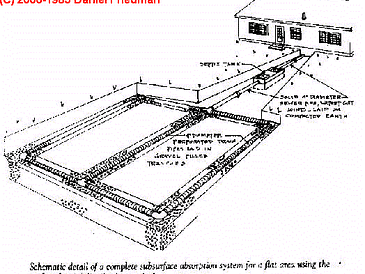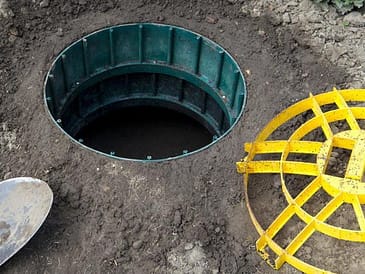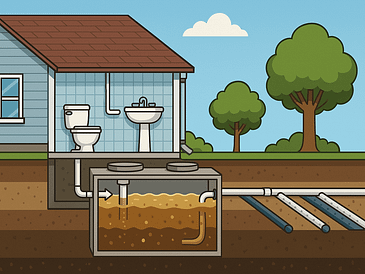When it comes to wastewater, most homes are connected to either a city sewer system or have a private septic system. But what’s the difference between the two—and is one better than the other?
This guide explains how each system works, the pros and cons of both, and what to consider if you’re buying a home or building one.
How Sewer Systems Work
With a city sewer system, all wastewater from your home is carried through underground pipes to a centralized treatment plant. You pay a monthly sewer bill to the municipality, and they handle the rest.
Pros:
- Low maintenance for the homeowner
- No pumping required
- Managed by professionals
Cons:
- Monthly sewer fees
- Subject to city infrastructure problems
- Sewer backups can impact multiple homes
How Septic Systems Work
Septic systems are self-contained. Wastewater flows into an underground tank, where solids settle and bacteria break down waste. The remaining liquid drains into a leach field where it’s naturally filtered by the soil.
Pros:
- No monthly sewer bill
- Ideal for rural properties
- Environmentally friendly when maintained properly
Cons:
- Requires pumping every 3–5 years
- All maintenance is your responsibility
- Improper use can lead to failure or costly repairs

Which Is More Cost-Effective?
Short-term: Sewer systems are often more convenient, especially in cities. You pay monthly, but don’t worry about maintenance.
Long-term: A well-maintained septic system can be cheaper—especially if you live far from city lines or plan to stay in your home for years.
What to Consider When Buying a Home
- Location: Rural = septic. Suburban/urban = sewer.
- Maintenance history: For septic, request pumping and inspection records.
- Future plans: Septic systems may restrict expansion, pools, or additions.
- Resale value: Some buyers prefer sewer-connected homes.
Final Thoughts
There’s no one-size-fits-all answer. Both sewer and septic systems work well when properly managed. It really comes down to cost, location, and personal preference.
Already have a septic system? Learn how to care for it and avoid the most common mistakes.





